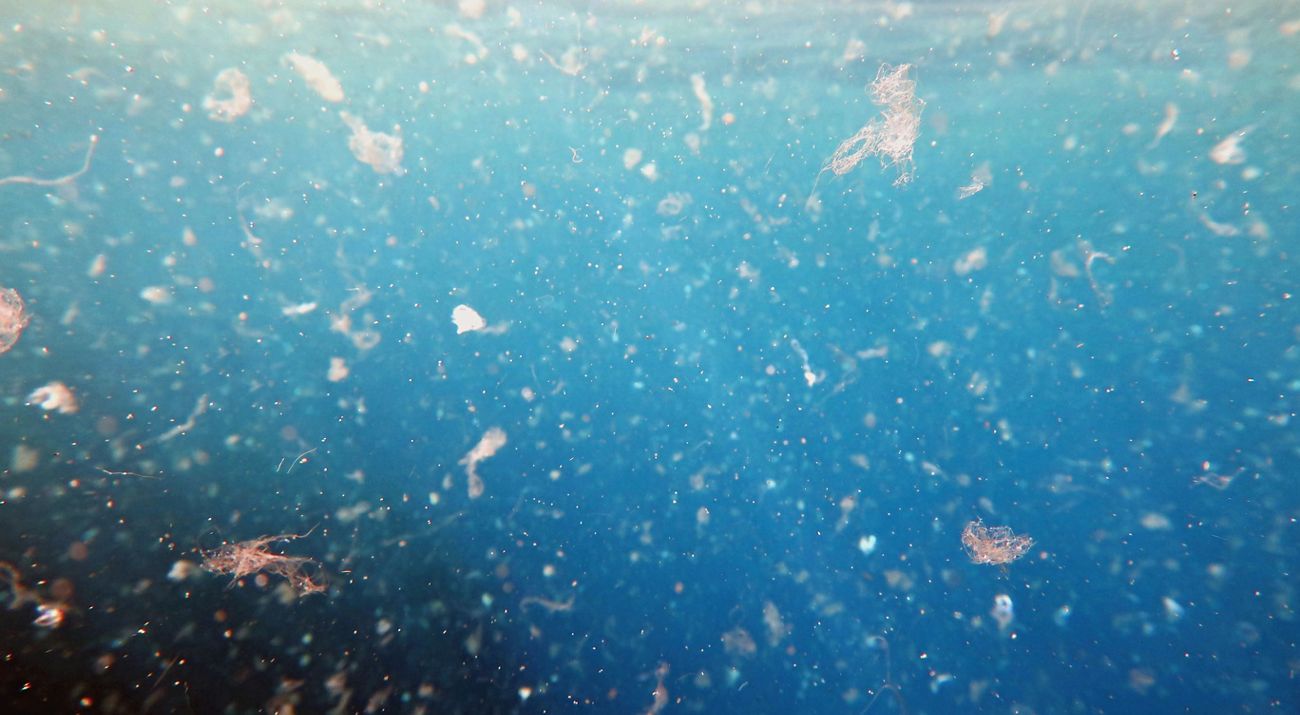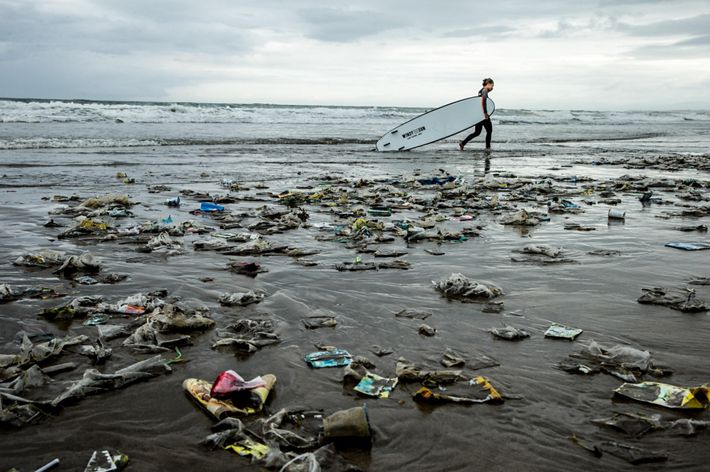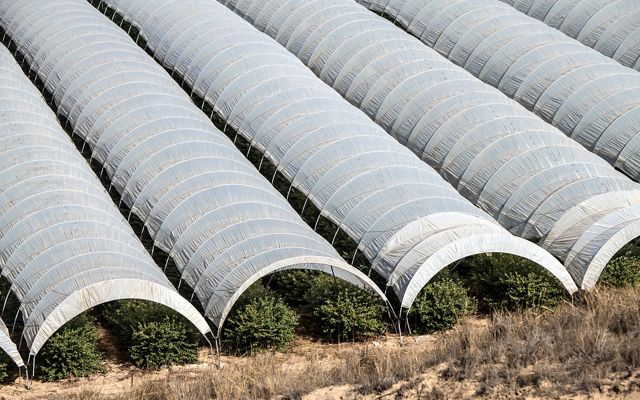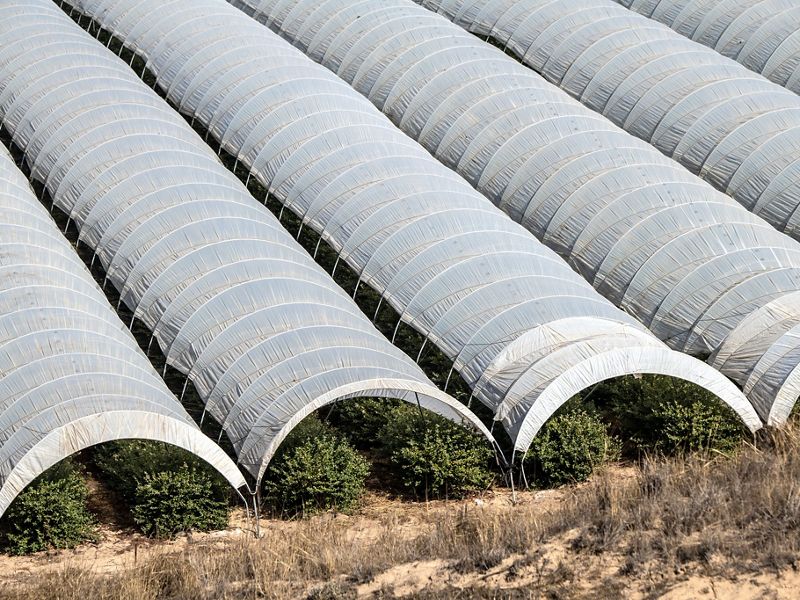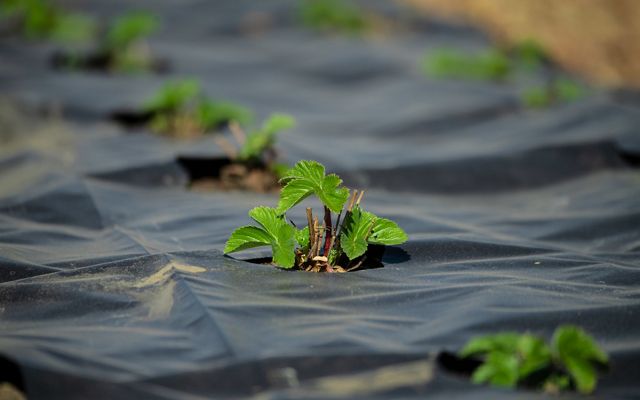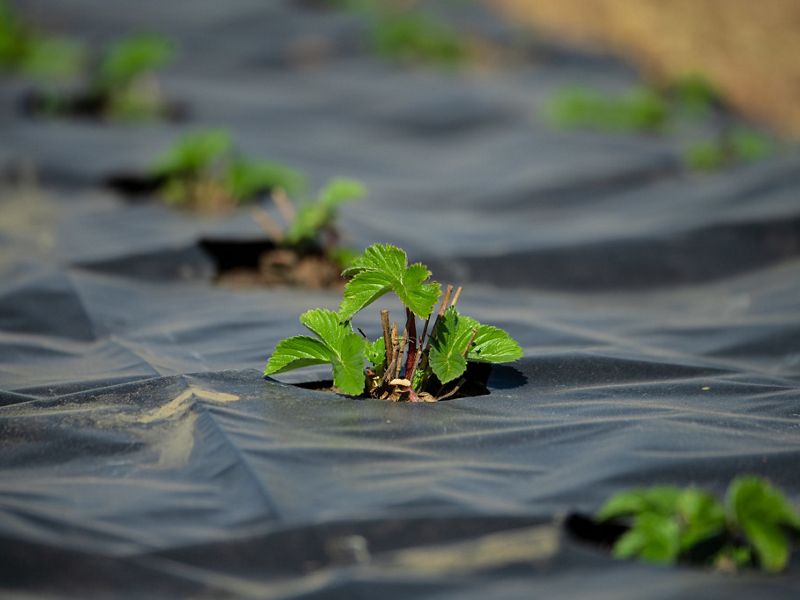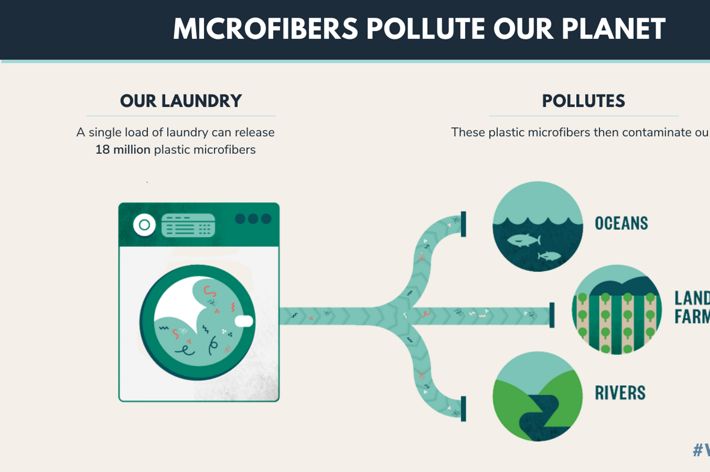Stand Up to Plastic
You deserve to decide what goes into your environment and your body.
A Closer Look: It’s time to tackle Microfiber Pollution
Microplastics are largely invisible to the naked eye, but they pose a major threat to people and the planet. These tiny fragments of plastic are less than five millimeters in diameter but collectively, they make up about a third of the plastic in our oceans. Microplastics have been found from the heights of Mt. Everest to the deepest ocean trenches. They are also in our bodies. Today, nearly every human on earth consumes microplastics through food, water and air, raising serious concerns about long-term impacts on human health.
Clothing is a big part of the problem
Our clothes release microplastics (called microfibers) into the environment during manufacturing and later when they’re washed. Estimates show that for every 500 t-shirts manufactured, the equivalent of one t-shirt is lost as microfiber pollution during production alone. Every wash cycle can then generate as many as 18 million microfibers.
Brands can change this
TNC is engaging cutting edge, globally-recognized apparel companies to implement cost-effective solutions that can nearly eliminate textile microfiber pollution from the manufacturing process.
The Plastic Problem
Our plastic problem is bigger than you think, and many of us can’t go a single hour without touching plastic. Plastics are used in almost every industry now—from construction and electronics to agriculture and textiles—and lurk in our bottled water. About 11 million tons of plastic even enter the ocean every year. But plastic isn’t just in the ocean, it’s everywhere. It’s in our drinking water, it falls in our rain and studies show that harmful plastic pollution disproportionately affects disadvantaged communities. No matter who you are or where you live, plastic is in your body. And as the fifth largest economy in the world, California is a big part of the problem.
Plastic Pollution by the Numbers
-
50%
of plastic produced today is "single use".
-
11
Million tons of plastic enters the ocean every year.
-
4.85
Million lbs of plastic microfibers contaminate CA every year
-
850
Million tons of greenhouse gases emitted yearly.
In California, you are eating and breathing plastic every day.
Who's Behind This?
Big plastic is big oil. Most plastic is made from fossil fuel, and the pace of plastic production is skyrocketing.
Solutions That Fall Short
The plastic industry wants to make the problem our responsibility as Californians, and so far, they’ve done a pretty good job. They’ve made it our job to clean up our beaches and recycle, all while they ramp up plastic production every year. California can’t keep pace with plastic’s exponential growth and our environment and communities are paying the price.
We can’t solve this problem by cleaning up the plastic industry’s mess for them, we have to work together to clean up the plastic industry.
Our Approach
We are thoughtfully implementing solutions that match the scale and pace of the plastic pollution crisis, from reducing plastic production and consumption of plastic to improving management of plastic waste. We are making tremendous progress on reducing the threat of plastics to people and nature by advancing collaborative research to improve scientific understanding of the issue, positioning California as a policy leader in advancing tangible solutions and proving out the next generation of high-impact innovations and collaborative business models.
A Landmark Victory
In 2022 TNC helped pass the country’s most comprehensive legislation to date to curb plastic pollution, California’s Senate Bill 54. This legislation:
- Mandates a 25% reduction in single-use plastic production.
- Protects and restores lands, waters and communities most impacted by plastic pollution by requiring producers to pay $5 billion into an environmental mitigation fund.
- Holds producers financially responsible for improving California’s recycling and composting infrastructure.
Applying the lessons learned from this process, we will continue to pursue comprehensive policies across other major sectors of plastic use in California and work to incentivize plastic-heavy industries to advance innovative solutions to reduce plastic use at the source.
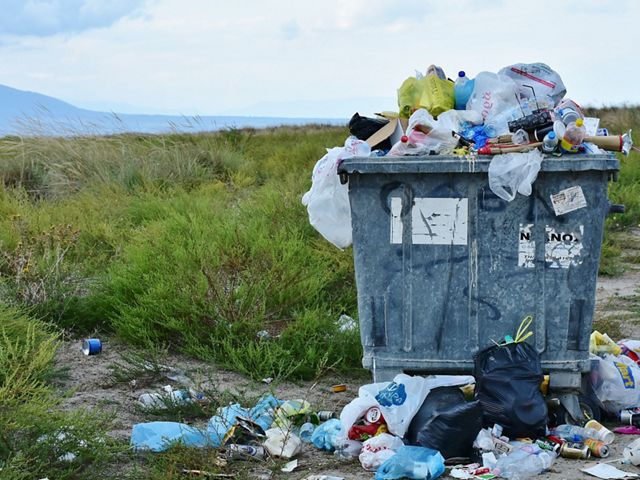
Recycling isn’t enough
California can’t recycle most of the plastic that goes in your bin. Our state’s facilities can’t keep pace with plastic’s exponential growth, and they can’t handle many types of plastics produced today.
Going Global: UN Environmental Programme
The UN Environmental Assembly passed a historic resolution in March 2022 calling for an international, legally binding agreement to end plastic pollution. Now people from across the globe are working to make that a reality—including the TNC’s Plastics Strategy team.
TNC is working alongside leaders in California and beyond to influence the scope and text of the world’s first treaty on plastic pollution. They offer a critical perspective based on principles negotiated within California’s landmark single-use plastics legislation, Senate Bill 54.
With policies like SB 54 serving as a blueprint, the UN’s goal is to complete the treaty by the end of 2024, which would make it the fastest international treaty ever negotiated. Over 175 countries are looking to sign on.
Corporate Engagement
TNC is working with partners to drive change, leveraging new technologies and business models to prove out and implement innovative solutions across the plastic lifecycle. As part of this, we are generating foundational research and partnering with forward-thinking global clothing brands to keep plastic microfibers from leaching into the environment when clothes are produced and washed.
Decreasing the Harm of Plastics Used Agriculture
The use of plastics in agriculture across the state of California, and even the globe, is now ubiquitous. Plastics like irrigation tape, plastic mulch and greenhouse film provide a cheap and versatile means to effectively increase productivity and efficiency in food systems. The plastics used to water crops in California alone could encircle the Earth more than 588 times each year.
However, these plastics are largely single-use, making them a major source of plastic waste and, when degraded or discarded, agricultural plastic pollution can pose a serious threat to human and ecosystem health. There is growing concern about the impacts of these plastics accumulating in our soil, leaching into nearby communities and embedding into the food that makes it to our shelves. TNC is exploring solutions that can decrease the harm of plastics on both people and planet and ensure that we have a healthy food system to support us in the future.
Science and Research
TNC is advancing actionable science and research, and leveraging new technologies to better understand the dynamics, drivers and impacts of plastic pollution.
- TNC has conducted a statewide agricultural plastic waste analysis to quantify the amount of plastics used in agriculture in California and inform potential interventions.
- We’re partnering with industry experts to analyze the full lifecycle of California’s plastics for the first time. Now that many of our policies have gone into effect, TNC is working with partners to identify cost effective approaches to monitor plastic waste.
- TNC is leveraging cutting edge remote sensing and machine learning approaches to map plastic use across the state.
- TNC has evaluated the amount of microfibers entering California’s lands and waters from our washing machines, and explored the footprint of microfiber shedding from clothing during manufacturing, to determine the best solutions to address the problem.
Looking for a deeper dive into the health effects of microplastics? Read this article from the Annals of Global Health.
Quote: Alexis Jackson, Ph.D.
The future is in our hands. It’s time to tackle plastic pollution at the source and protect our environment, our communities and our bodies.
It's Now or Forever
While accomplishments like Senate Bill 54 mark significant milestones, the work doesn’t stop there. TNC is leveraging the momentum of this victory to further transform California into a global leader on effective and impactful plastic waste reduction, from single-use packaging to agriculture-derived plastics and the small synthetic fibers shed from your clothing. We are learning from each intervention, and prioritizing those solutions which can deliver the greatest impact on the shortest timeline!
It’s up to us to continue to ensure that future generations do not inherit a world choked with plastic. Together, we can make it a reality.

Make a Difference in California
Together, we can achieve transformative change on a scale that’s attainable—for California, and for the world.
